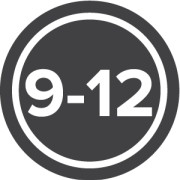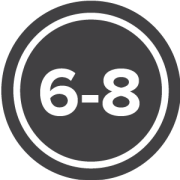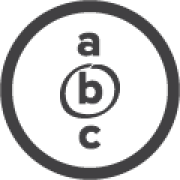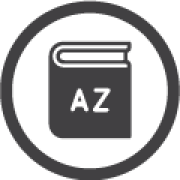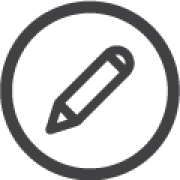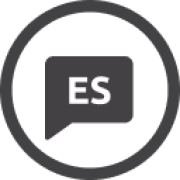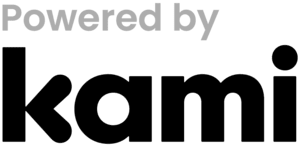
Government & the Market
In this unit, students learn about the relationship between the government and the economy. Starting with the basics of the market economy, students learn about government regulations on our market economy, where the government gets its money and what the government spends it on, and how banks and lending influence our economic system. Each lesson is a basic overview of a very broad topic and includes activities designed to show students how these topics impact their own lives.
Choose Grade Level:
-
Lesson Plan
People's Pie Extension Pack
-
Lesson Plan
The Market Economy
-
Lesson Plan
Government Spending
-
Lesson Plan
Government & the Economy
-
Lesson Plan
Banks, Credit & the Economy
-
Lesson Plan
Taxation
-
Game
People's Pie

